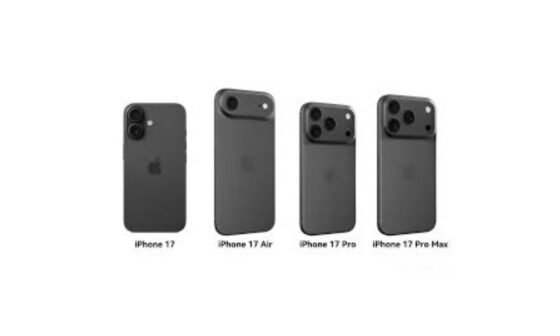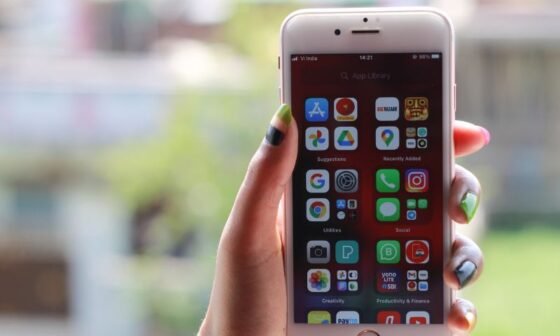Have you ever wanted to capture a memorable moment during a video call, create a tutorial, or save an online class for later? In our increasingly digital world, the ability to screen record on a laptop has become an essential skill. Whether you’re a professional preparing a presentation, a teacher recording lessons, or a gamer looking to share your gameplay, screen recording offers a convenient way to document and share what happens on your screen.
But how exactly do you screen record on a laptop? With various devices, operating systems, and software available, figuring out the best way can be overwhelming. This article will guide you step-by-step, exploring the built-in tools, free software, and advanced options available to help you record your screen seamlessly, no matter your laptop type.
How To Screen Record On Laptop
By the end, you’ll be equipped with everything you need to make professional-quality screen recordings with ease.
Understanding the Basics of Screen Recording
Before diving into how to screen record, it’s important to understand what screen recording is and why it matters. Screen recording, or screen capturing, is the process of recording everything happening on your laptop screen. It can include video, audio, mouse movements, and even annotations. The recorded video can then be saved as a file for later use or shared directly.
Screen recording is useful in various scenarios:
- Education: Teachers and students use it for creating and revising lessons or lectures.
- Business: Professionals often record presentations, product demos, or meetings.
- Entertainment: Gamers and YouTubers share gameplay or tutorials with their audience.
- Personal Use: Capture family video calls, troubleshoot problems, or save online content.
Step 1: Identify Your Operating System
Your laptop’s operating system (OS) determines the screen recording tools available to you. Let’s explore the built-in options for the most common operating systems:
Windows Laptops
Windows 10 and 11 come with a built-in screen recording tool called the Xbox Game Bar. Initially designed for gamers, this tool can record virtually any screen activity.
Mac Laptops
Mac laptops running macOS Mojave or later have a built-in screen recording feature accessible via the Screenshot Toolbar. It’s a powerful and user-friendly option for Mac users.
Chromebooks
Chromebooks offer built-in screen recording tools integrated into Chrome OS. These tools are intuitive and perfect for quick recording tasks.
Step 2: How to Screen Record on Windows
Using Xbox Game Bar
- Activate Xbox Game Bar: Press
Win + Gto open the Xbox Game Bar. - Access the Recording Toolbar: Locate the “Capture” widget. If it isn’t visible, click on the “Widget Menu” and enable “Capture.”
- Start Recording: Click the circular record button. Alternatively, press
Win + Alt + Rfor a quick start. - Stop Recording: Click the stop button in the Capture widget or press
Win + Alt + Ragain. The video will be saved automatically in theVideos > Capturesfolder. - Adjust Settings: Customize settings like audio input, recording length, and quality via the Game Bar settings menu.
Third-Party Tools for Windows
If the Xbox Game Bar doesn’t meet your needs, tools like OBS Studio, Bandicam, or Camtasia offer advanced features like editing, live streaming, and multi-screen recording.
Step 3: How to Screen Record on Mac
Using the Screenshot Toolbar
- Open the Screenshot Toolbar: Press
Command + Shift + 5to access the toolbar. - Choose Recording Options: Select “Record Entire Screen” or “Record Selected Portion.”
- Start Recording: Click the “Record” button. If needed, customize settings like the microphone input or timer.
- Stop Recording: Press
Command + Control + Escor click the stop icon in the menu bar. The file will appear on your desktop. - Edit the Recording: Use QuickTime Player or iMovie to trim or enhance your recording.
Using QuickTime Player
For older macOS versions:
- Open QuickTime Player.
- Click “File” > “New Screen Recording.”
- Customize recording settings and start the recording.
Step 4: How to Screen Record on Chromebooks
- Access the Screen Capture Tool: Press
Ctrl + Shift + Show Windows(or F5 on some models). - Select the Recording Type: Choose to record the entire screen, a specific window, or a portion of the screen.
- Enable Audio (Optional): Click the settings gear to enable microphone recording.
- Start Recording: Click the record button. The recording will begin after a countdown.
- Stop Recording: Click the stop button in the taskbar. Files are saved in the “Downloads” folder.
For more advanced features, consider using third-party tools like Loom or Screencastify.
Step 5: Exploring Third-Party Software for All Platforms
If built-in tools lack certain features, third-party screen recording software can fill the gap. These tools often provide advanced features like editing, annotations, or multi-device compatibility.
Popular Third-Party Screen Recording Tools
- OBS Studio: Free, open-source, and highly customizable. Perfect for gamers and live streamers.
- Camtasia: A premium tool offering professional editing features.
- Loom: A user-friendly, cloud-based tool ideal for quick sharing.
- Snagit: A versatile option for both screen recording and screenshots.
- Screencast-O-Matic: Simple and affordable for casual users.
Each software has its strengths, so choose one that aligns with your needs and technical expertise.
Step 6: Best Practices for Effective Screen Recording
To ensure high-quality recordings, follow these best practices:
- Prepare Your Workspace: Close unnecessary tabs and applications to avoid distractions.
- Check Audio Quality: Use a good microphone to record clear audio.
- Adjust Resolution: Set your recording resolution to at least 1080p for clarity.
- Test Before Recording: Run a test recording to ensure everything is working.
- Use Shortcuts: Learn keyboard shortcuts for starting, stopping, and pausing recordings to save time.
Step 7: Editing and Sharing Your Screen Recordings
Once your screen recording is complete, editing and sharing are the next steps. Most laptops have built-in tools for basic editing, like trimming and adding text. For more advanced edits, software like Adobe Premiere Pro, Final Cut Pro, or the editing tools in Camtasia can be invaluable.
- Sharing: Export the video in a compatible format (e.g., MP4) and share it via email, social media, or cloud platforms like Google Drive or Dropbox.
- Compression: If file size is an issue, use tools like HandBrake to compress your videos without losing quality.
Conclusion
Screen recording on a laptop is no longer a skill reserved for tech enthusiasts. With built-in tools and user-friendly software, anyone can create high-quality recordings in just a few steps. Whether you’re documenting a work process, teaching an online class, or capturing a personal moment, screen recording empowers you to communicate and share information effectively.
Now that you’ve learned how to screen record on different laptops, it’s time to put this knowledge into practice. Experiment with the tools discussed in this article, and don’t hesitate to explore advanced software for more customized recordings. With the right approach and a bit of practice, you’ll master the art of screen recording and unlock endless possibilities for productivity, creativity, and connection.







